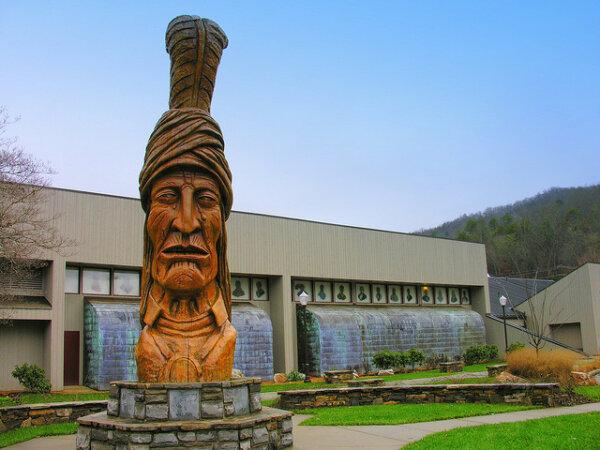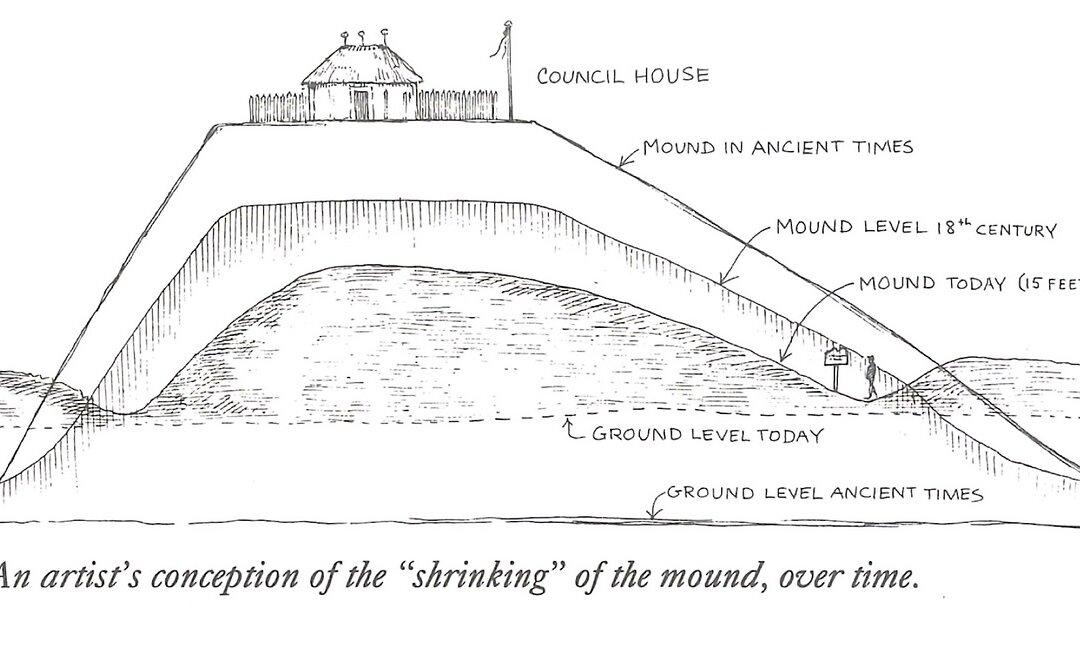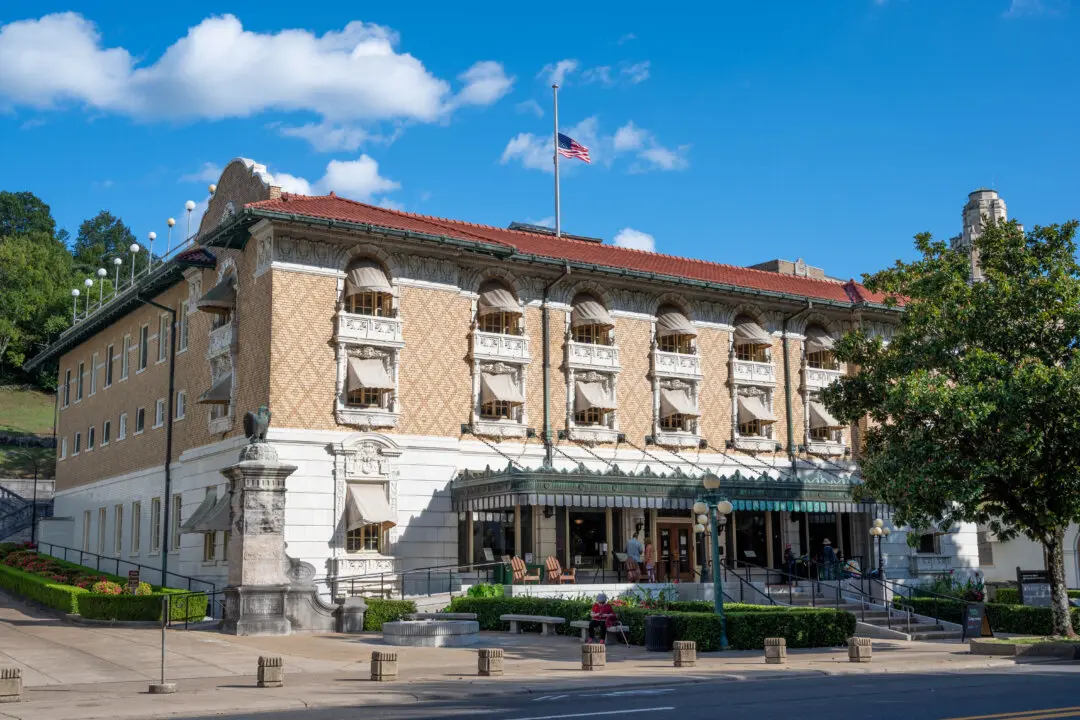In areas throughout the United States where American Indian tribes originated, old and even ancient artifacts turn up in the form of pottery, arrowheads, and more, when gardens are hoed and fields plowed. Yet, evidence of Cherokee life is visible from rural roadsides in western North Carolina due to a fairly recent educational program that appeals to history buffs.

Museum of the Cherokee Cultural Corridor. Courtesy of the Nikwasi Initiative





